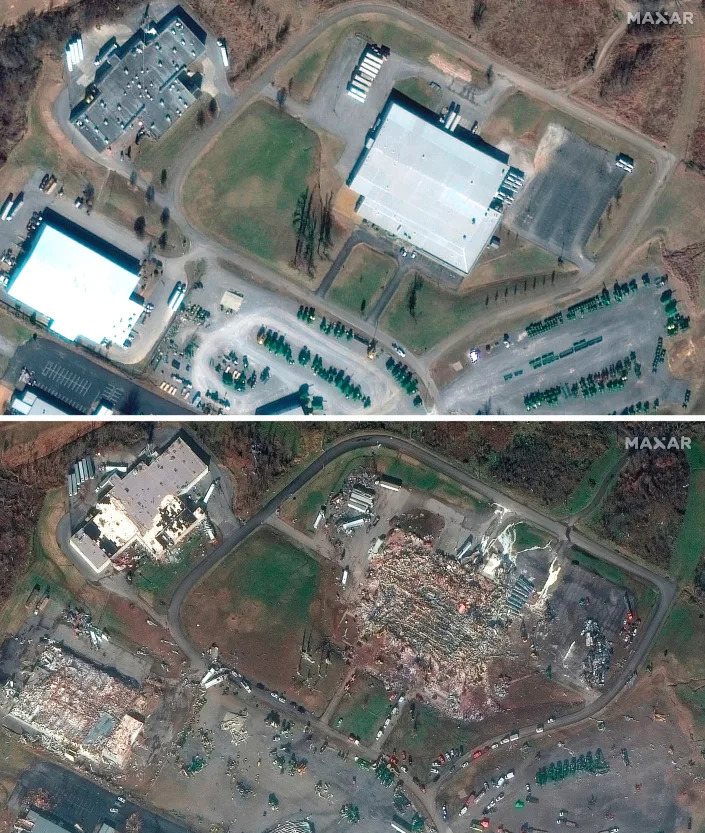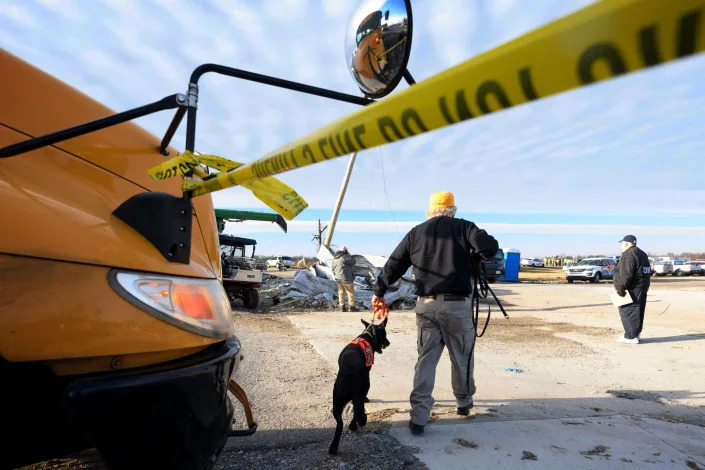Nigerian Student Changes The Game When Illustration Of A Black Woman’s Womb Goes Viral
Shannon Dawson
Sun, December 12, 2021

Black Baby Illustration
A medical student and illustrator from Nigeria sparked a wide conversation about the lack of diversity in medical industry textbooks from an eye-catching illustration posted to his social media account.
25-year-old Chidiebere Ibe, a first-time student at Kyiv Medical University, drew an image of a pregnant Black woman’s womb– a diagram that is rarely seen in the medical industry. Ibe’s stunning illustration quickly went viral with many people noting how most, if not all medical diagrams, appear to depict white women. Ibe’s drawing has since sparked an outpour of support from social media users and has amassed over 95,000 likes on Instagram– something the young medical student said he “never expected.”
“The whole purpose was to keep talking about what I’m passionate about –– equity in healthcare — and also to show the beauty of Black people,” Ibe told the HuffPost UK. “We don’t only need more representation like this — we need more people willing to create representation like this.”
Black social media users have been pouring into the medical illustrator’s comment section expressing their gratitude for the inclusive image. One Instagram user commented:
“I’ve literally never seen anything like this! Keep doing what you’re doing! You should make a textbook! Too much? A reference book! A pamphlet! Whatever it is, this should be produced. I’m nowhere near the medical field, but I’m an educator who loves information soooo…I’d buy it!”
Another social media goer chimed in; “This is amazingly beautiful! Thank you for sharing! As a Wombman and a Holistic Doula, I would love to share your illustration with all of my clients! Do you offer prints for sale?”
While supermodel Noami Campbell simply wrote:
“Thank You”.
The passionate illustrator, who hails from Ebonyi State, Nigeria, taught himself how to draw during the Coronavirus lockdown period. Artnet News reported that Ibe is currently the chief medical illustrator and creative director at the Journal of Global Neurosurgery. He dreams of becoming a pediatric neurosurgeon someday and hopes that his illustrations can be used to save lives.
“Textbooks are essential to medical training,” Ibe wrote on his YouTube channel. They walk medical trainees through conditions they will encounter during their practice. The skin is an important organ that protects us and can signal when something is wrong in our body. Yet, most medical illustrations are on the Caucasian skin. This lack of diversity has important implications for medical trainees and their future patients because many conditions and signs look different based on the patient’s skin color.”
RELATED CONTENT: National Birth Equity Collaborative Pens Open Letter To Vice President Kamala Harris
Ibe also told Artnet News that the lack of diversity in the medical illustration world could potentially lead to a misdiagnosis or insufficient treatment plan for Black people. Ibe noted that “the lack of understanding of how diseases can appear for Black patients can lead to “mortality, childbirth pains,” and “communication problems.”
According to the Association of Medical Illustrators, there are 2,000 trained medical illustrators in the world, many of whom are white and male. A study conducted by the University of Wollongong in Australia found that out of more than 6000 medical images found across 17 anatomy textbooks published between 2008 and 2013, only 36 percent of the bodies depicted were female– a majority being White. 3 percent of the drawings depicted disabled bodies and only 2 percent captured elderly people.
“Historically [medical illustrations] have always featured white able-bodied male figures and still do in the present day,” Ni-Ka Ford, diversity committee chair for the Association of Medical Illustrators told CNN. “Bias towards one body type in medical illustration marginalizes everyone else.”
Ibe has created a GoFundMe to help with his education fees and to hopefully bring more awareness to the lack of diversity and equity within the health care industry.
RELATED CONTENT: Health Care Is Self-Care: 5 Critical Screenings Women Should Prioritize










